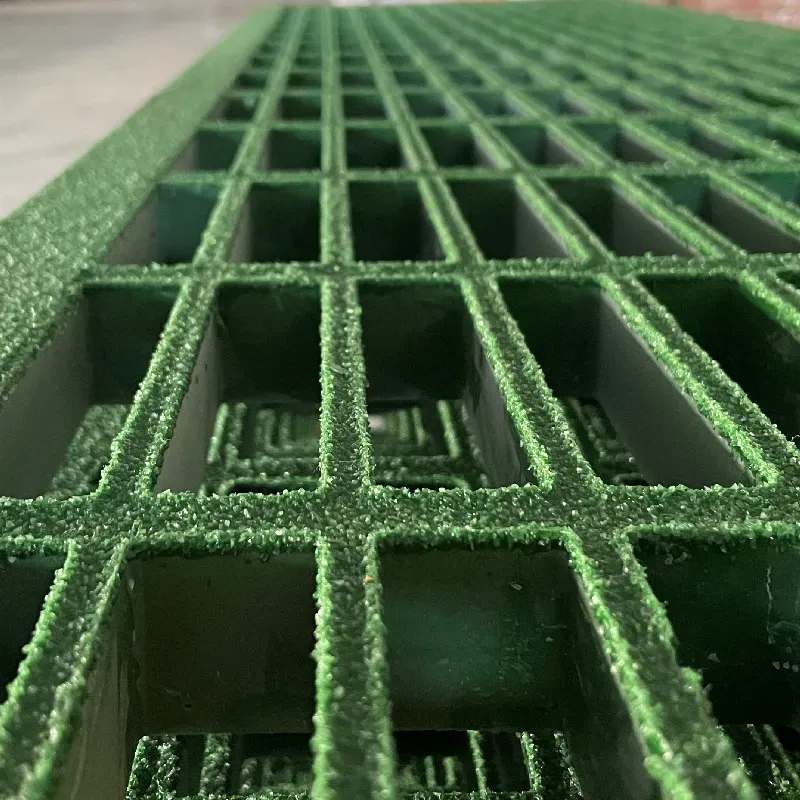loading...
- No. 9, Xingyuan South Street, Dongwaihuan Road, Zaoqiang County, Hengshui, Hebei, China
- admin@zjcomposites.com
- +86 15097380338
- Welcome to visit our website!
frp steel bar
The Emergence of FRP Steel Bars Revolutionizing Construction Materials
In the ever-evolving field of construction and engineering, innovation plays a critical role in improving the safety, sustainability, and efficiency of structures. One remarkable development in recent years has been the advent of Fiber Reinforced Polymer (FRP) steel bars. These materials are not only redefining the traditional approach to reinforcement in concrete but also addressing a multitude of challenges faced by the construction industry today.
Understanding FRP Steel Bars
Fiber Reinforced Polymer (FRP) is a composite material made of a polymer matrix reinforced with fibers. Commonly used fibers include glass, carbon, and aramid, which offer exceptional strength-to-weight ratios and excellent corrosion resistance. When integrated into steel bars, FRP enhances their mechanical properties, making them suitable for diverse applications in construction.
Historically, steel bars have been the go-to choice for reinforcing concrete structures due to their high tensile strength. However, steel is susceptible to rust and corrosion, particularly in aggressive environments such as coastal areas or areas where de-icing agents are used. The introduction of FRP composite materials aims to overcome these limitations by providing a stronger, lighter, and more durable alternative.
Advantages of FRP Steel Bars
1. Corrosion Resistance One of the standout features of FRP steel bars is their exceptional resistance to corrosion. Unlike traditional steel, which can suffer from rusting and strength degradation over time, FRP bars maintain their integrity in harsh environmental conditions. This property significantly extends the lifespan of structures and minimizes maintenance costs.
2. Lightweight Nature FRP bars are considerably lighter than traditional steel reinforcement, making them easier to handle and install. This lightweight characteristic reduces transportation and labor costs, streamlining the construction process. Moreover, the reduced dead load on structures can lead to savings in foundation and material requirements.
3. High Strength-to-Weight Ratio FRP bars exhibit an impressive strength-to-weight ratio, translating to enhanced structural performance. This allows architects and engineers to design more innovative structures without the need for excessive reinforcement, thereby maximizing space and aesthetic appeal.
frp steel bar

4. Non-Magnetic and Non-Conductive FRP bars are non-magnetic, making them ideal for applications in sensitive environments, such as hospitals and laboratories, where electromagnetic interference must be minimized. Additionally, their non-conductive properties make them suitable for use in electrical installations and areas prone to lightning.
5. Sustainability The sustainability of construction materials is gaining prominence in current building practices. FRP bars can contribute to green building initiatives by minimizing the use of energy-intensive materials and enhancing the longevity of structures, thereby reducing the need for frequent repairs or replacements.
Applications of FRP Steel Bars
The versatility of FRP steel bars allows them to be employed in a wide range of applications. They are particularly valuable in infrastructure projects such as bridges, roads, and tunnels, where durability and resistance to environmental factors are critical. Additionally, FRP bars can be used in residential and commercial buildings, precast concrete applications, and even in marine structures, such as piers and docks, where exposure to saltwater accelerates corrosion.
Moreover, FRP bars have shown promise in retrofitting existing structures to improve their earthquake resistance and load-bearing capacity. As urban areas continue to expand, the demand for materials that not only meet current needs but also adapt to future challenges is more pressing than ever.
The Future of FRP Steel Bars
As technology advances, the potential for FRP steel bars continues to grow. Researchers are exploring new fiber composites and manufacturing processes to enhance the performance of these materials even further. Increased collaboration between material scientists, engineers, and architects will be essential in unlocking the full potential of FRP technology.
In conclusion, FRP steel bars represent a significant leap forward in construction materials, providing a robust and sustainable alternative to conventional steel reinforcement. Their unique properties offer numerous benefits that can transform the construction landscape, ensuring that we build not only stronger but also more resilient and sustainable infrastructure for the future. As awareness and adoption of FRP technology increase, we can expect to see a paradigm shift in construction practices, heralding a new era of innovation and sustainability.
-
Why Choose a Galvanized Water Tank for Your Storage NeedsNewsMay.21,2025
-
The Strength and Durability of FRP GratingNewsMay.21,2025
-
The Importance of Water Treatment Systems for Clean and Safe WaterNewsMay.21,2025
-
The Advantages of FRP Rebar for Construction ProjectsNewsMay.21,2025
-
Say Goodbye to Hard Water with a Reliable Water SoftenerNewsMay.21,2025
-
Maximize Your Water Storage with a Sectional Water TankNewsMay.21,2025
-
The Power of Filter VesselsNewsMay.19,2025
